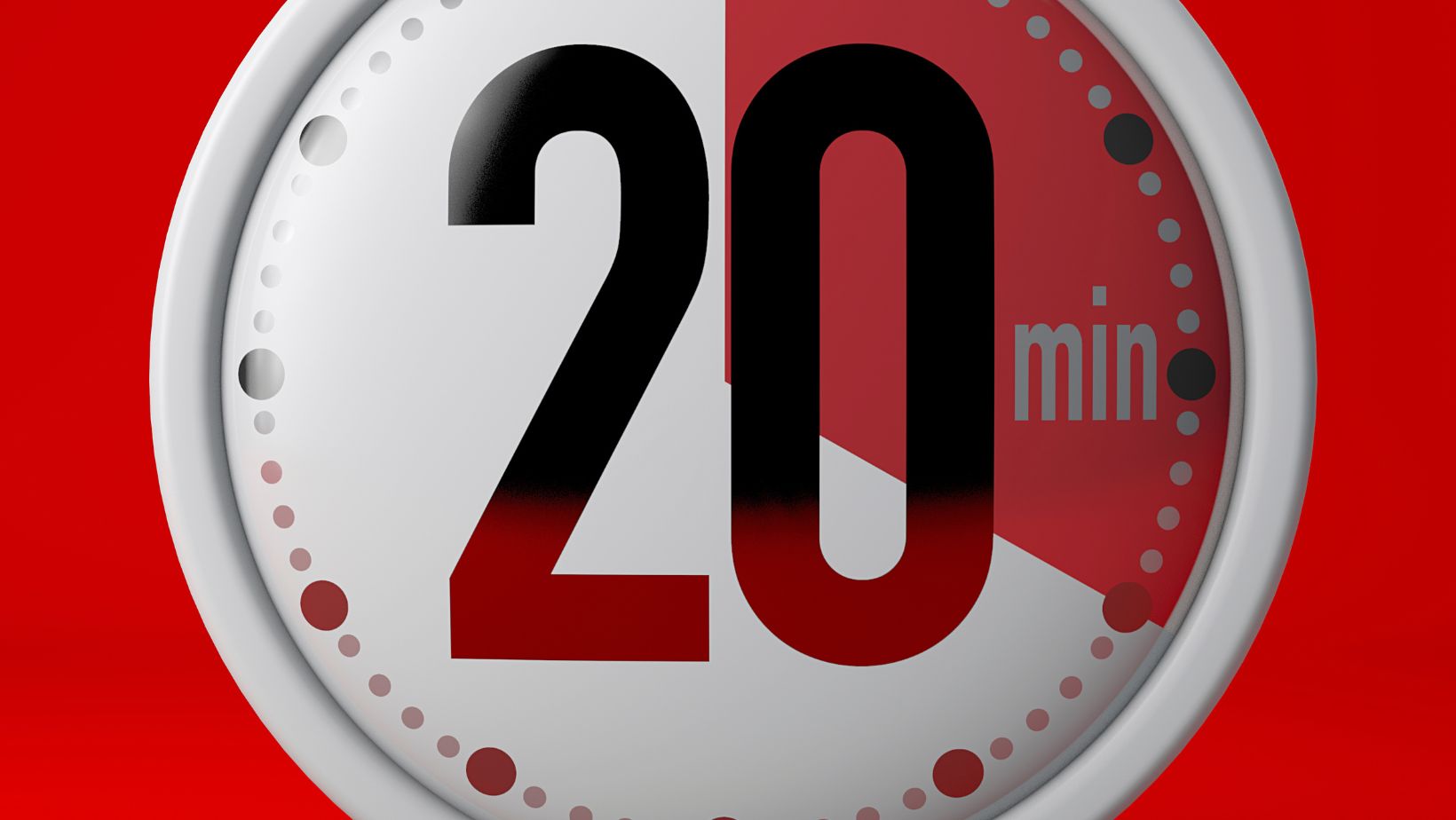
20 Minutes From Now Is What Time
In just 20 minutes from now, have you ever wondered what time it would be in different time zones around the world? Time is a fascinating concept that varies across geographical locations. Understanding how time zones work and calculating the corresponding time can be both perplexing and intriguing.
When it comes to determining the time in different time zones, several factors come into play. The Earth is divided into multiple regions, each assigned a specific offset from Coordinated Universal Time (UTC). These offsets are represented by numerical values such as UTC-5 or UTC+2, indicating whether the local time is ahead or behind UTC. By knowing your current time zone and applying these offsets, you can calculate what the time will be 20 minutes from now in various parts of the world.
For example, if it’s currently 12:00 PM Eastern Standard Time (EST) in New York City and you’re curious about what time it will be in London 20 minutes later, you’ll need to consider that London operates on Greenwich Mean Time (GMT), with an offset of UTC+0. In this case, adding 20 minutes to your current EST would give you an idea of what time it would be GMT.
So buckle up for a journey around the globe as we delve into how to determine the exact times in different international cities just 20 minutes from now. From bustling metropolises to serene landscapes, we’ll explore how our planet keeps track of its many ticking clocks.

Eastern Standard Time (EST)
Eastern Standard Time (EST) is a time zone observed in North America, specifically in the eastern region. When it comes to figuring out what time it will be 20 minutes from now in this time zone, there are a few key points to consider.
First of all, it’s important to note that Eastern Standard Time follows the standard time offset of UTC-5:00. This means that EST is five hours behind Coordinated Universal Time (UTC). So, if you want to determine the time 20 minutes from now in EST, you would subtract 20 minutes from the current UTC time and then convert it to EST.
To give you a practical example, let’s say the current UTC time is 12:00 PM. If we subtract 20 minutes from this, we get 11:40 AM. To convert this to Eastern Standard Time, we need to subtract five hours since EST is behind UTC. Therefore, we’d end up with a result of 6:40 AM in EST.
It’s worth mentioning that Eastern Standard Time is mainly observed during the non-daylight saving period. However, during daylight saving time (DST), which typically starts on the second Sunday in March and ends on the first Sunday in November, Eastern Daylight Time (EDT) replaces EST.
During DST, EDT follows a standard offset of UTC-4:00 instead of UTC-5:00 like EST does. This means that when calculating the time 20 minutes from now during DST in EDT, you would still follow the same process as mentioned earlier but with an offset of four hours instead of five.
In summary:
- During standard time (non-DST), Eastern Standard Time (EST) follows a UTC-5:00 offset.
- Subtracting 20 minutes from current UTC and converting it to EST will give you the time for your desired interval.
- During daylight saving time (DST), Eastern Daylight Time (EDT) follows a UTC-4:00 offset.
Remember, time zones can be complex, so it’s always a good idea to double-check and verify the exact time difference when planning activities or scheduling events in different regions.
